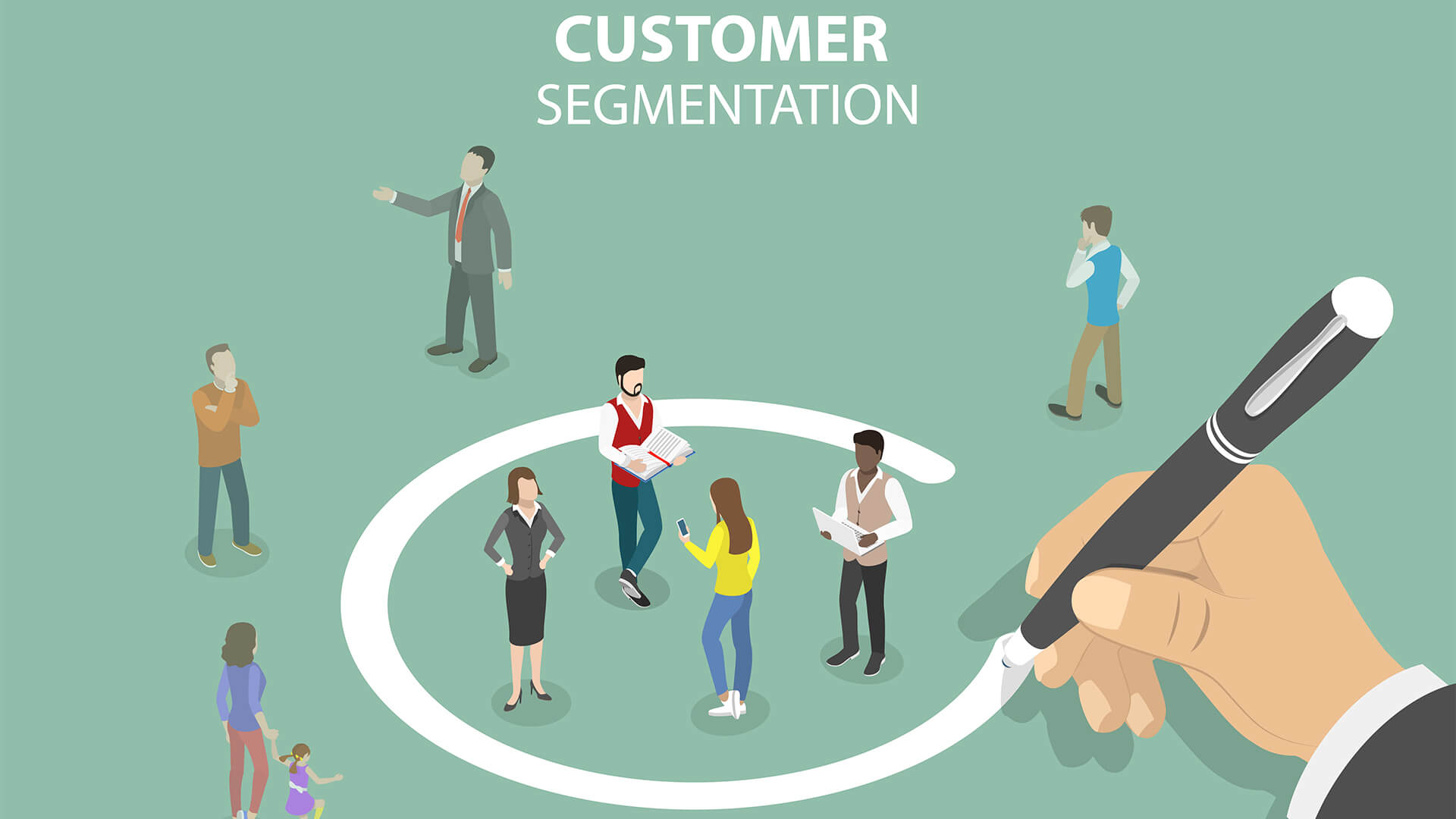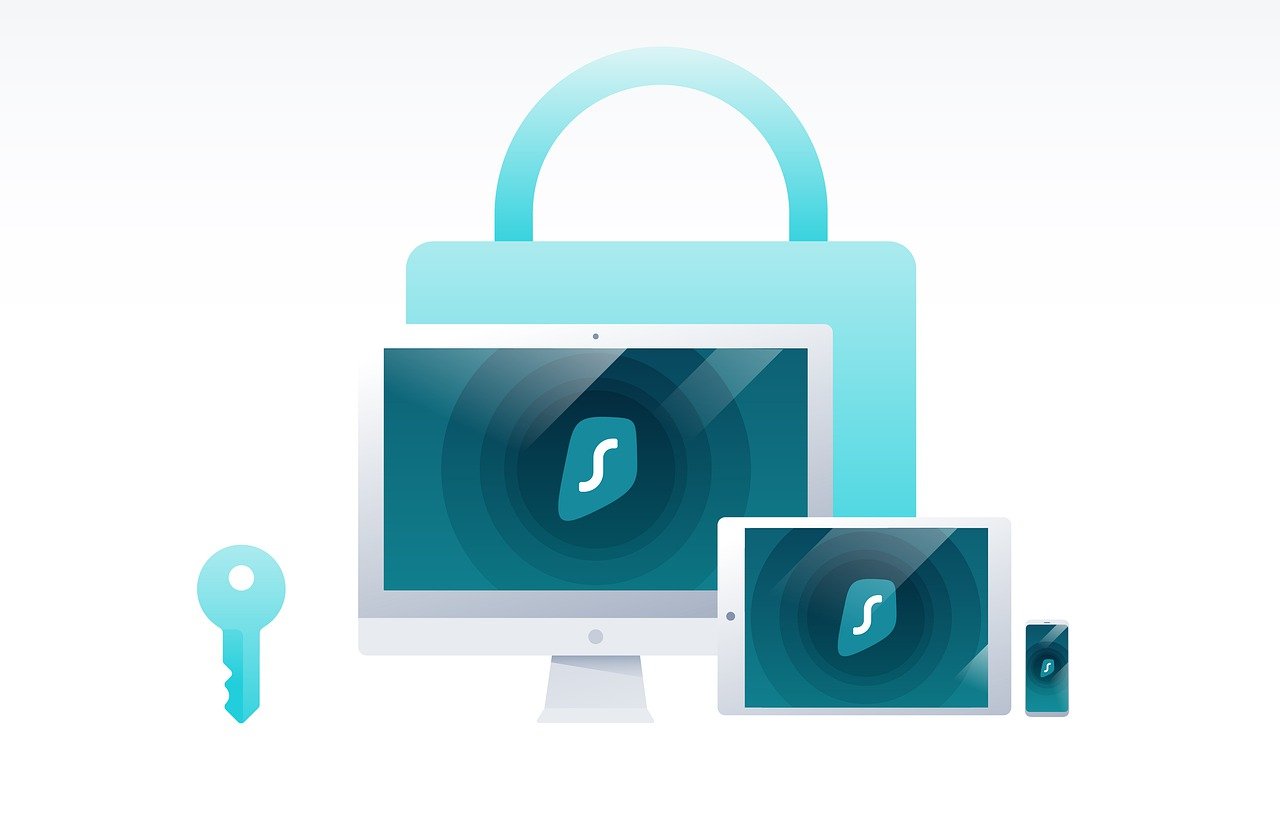Tanhaz Kamaly – Partnership Executive, UK, Dialpad UK
Customer segmentation is a potent tool in the modern business toolbox. It helps us clarify the makeup of our customer base, and improve multiple areas of our business activity.
If you’re unfamiliar with the concept, there’s never a bad time to explore it. Read on for a breakdown of customer segmentation and how to use it to improve your business operation.
1. Understand customer segmentation
The first step here is to understand the groups customers can be placed into. There are many different options to choose from, although some may be more useful than others:
- Demographic (e.g. their age, gender, income or education).
- Geographic (e.g. their country, region or city).
- Psychographic (e.g. their interests and values).
- Technographic (e.g. the hardware and software customers use).
- Behavioral (e.g. their habits and favorite products).
- Needs-based (e.g. what different groups need from your product).
- Value-based (e.g. how much value different groups bring).
In a way, customer segmentation overlaps with general inventory management techniques. Both help you to better organise an important resource for your business.
Naturally, though, this isn’t isn’t the only way you can segment customers. You can take a more granular approach to segmentation, looking at things like cart abandonment, inactive customers or even coupon usage. You can even segment customers based on how long they spend on a particular product page.
If this seems overwhelming, remember that customers are ultimately segmented based on two factors. With the help of a CX action management system, we group them based on needs (which, hopefully, a single product can satisfy) and buying characteristics (which shapes their response to different marketing messages and sales channels).
Therefore, customer segmentation helps us home in on the most effective marketing messages—and identify new business opportunities. Other benefits of customer segmentation include identifying the best communication channels (i.e. the ones your customers actually use) and using a web analytics tool to understand where you need an online presence. Customer segmentation can even bolster your customer service, as it can help you understand the unique challenges of your target audience.
2. Determine your goal
With this in mind, we can start identifying the groups of people we want to market to. Doing this properly is a multi-step process, but it should have a significant impact on your business’ prosperity. Don’t worry too much about policy vs procedure; just have a clear set of steps you can follow.
Start by identifying the business goal that customer segmentation will help you to meet. You may want to more easily identify the best sales prospects, for example, or better manage your targeted communications. Having a strong idea of who you’re dealing with can make this task easier.
You’ll probably need to speak with your business’ various departments—particularly your management, marketing, sales and customer support teams, as these will be directly impacted by your customer segmentation efforts.
Consider the scope of your analysis as well. How many customer accounts and segments are you going to analyse? How much time or resources will you commit? PBX phone systems for small business can help you to communicate with colleagues on topics like this.
3. Build your segments
With this in mind, you can start gathering and organising the necessary data. You can use a customer relationship management or billing database to identify who your customers are and where they’re coming from. It’s also worth conducting market research to get a broader sense of the segments in your particular market.
It’s possible you’ve already been segmenting your customers already. It’s a crucial component of email marketing, so you can use this as a springboard for broader customer segmentation projects.
When forming segments, consider how granular you want to make them; you may want to disregard minor age differences, for instance. Focus on making a segment easy to use; each one should clearly connect to something you sell.
You should also think about your marketing channels. For example, if you have a segment whose customers use many different marketing channels, selling to them may be impractical.
It’s important to consider outliers in your customer list as well. This refers to customers with highly unusual characteristics, who risk skewing your data if included in your analysis. You may want to exclude newer customers, as you probably won’t have any useful data on their characteristics.
4. Define a ‘good’ customer
As you gather and organise customer data, you’ll be able to get a clearer idea of who you ought to sell to. The most obvious measure of value is how much profit a customer will generate for you. Of course, since we can’t predict the future, we have to make some educated guesses on how specific customers will interact with us going forward.
The average profit generated from a segment can be a useful piece of information. However, depending on your business type, you may have to weigh that against the costs a segment generates. For example, if you offer software as a service a customer will generate both profit and costs (in the latter case via hosting, bandwidth or even customer service).
By considering all the relevant factors in how a customer interacts with you, you’ll be able to make more informed choices on your marketing activity.
5. Analyse your segments
Once you’ve established your customer segments, you need to regularly check they’re where you should be focussing your efforts. Are your segments bringing in the revenue you need? Is the number of people in each segment growing, or falling? How do your customers feel about your marketing efforts?
Customer segmentation analysis may feel like a hassle at this point. But like other disruptive technologies, it will ultimately prove fruitful to your business in the long run.
Don’t be afraid to reach out to colleagues or customers for feedback on your customer segmentation, via surveys, live chat prompts or even giving them a call. Using a business caller ID may make this latter activity more successful. Be prepared to refine your segments to ensure they’re delivering results.
Wrapping up
Customer segmentation is a useful tool in today’s businesses, but it can be tricky to know where to start. It can help to understand how we segment customers, and the benefits of doing so.
With this in mind we can start connecting segmentation to our business goals, gathering customer data and connecting segments to our service offering. We can also consider customer costs and outliers to refine our analysis. At the end of this process, we have a much clearer sense of how we sell our products.











